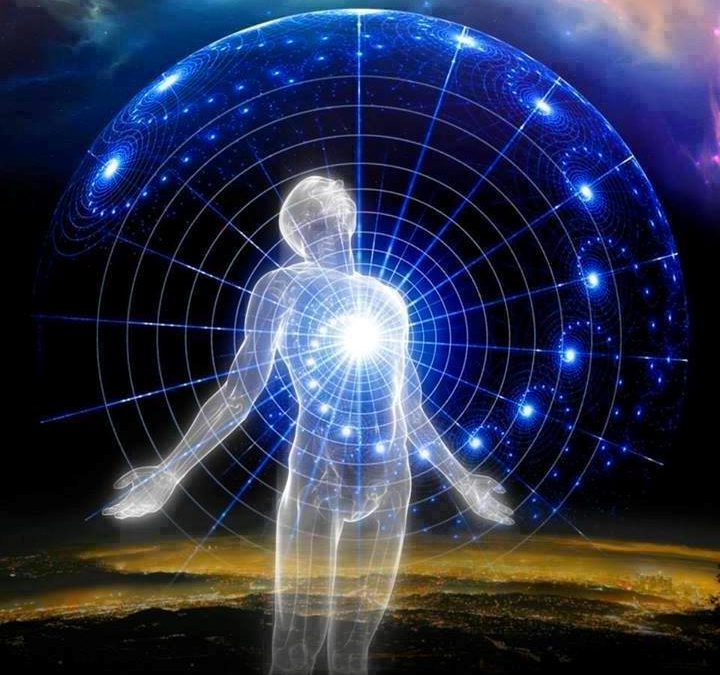 Embodied Spirituality and Its Relationship to Ritual Body Postures
Embodied Spirituality and Its Relationship to Ritual Body Postures
Spirituality, a deeply personal and often transcendent experience, has taken various forms throughout human history. One intriguing avenue of exploration that is at the foundation of this institute is embodied spirituality. Embodied spirituality focuses on the connection of the spiritual experience within the physical body. This is central to our practice of Ritual Postures, a prescribed method that bridges the gap between the spiritual and the material world.
Understanding Embodied Spirituality
Embodied spirituality is a philosophy and practice that encourages individuals to connect with their spiritual essence by diving deep into their physicality. It invites us to move beyond the confines of our minds and embrace the wisdom found within our bodies. In doing so, we rediscover the significance of the visceral, instinctual, and sensory experiences. It is a path toward realizing that the body is not just a vessel but a living manifestation of the divine.
In the context of embodied spirituality, the body is a source of profound wisdom, a gateway to the present moment, and a microcosm of the larger spiritual reality. It allows us to explore both the transcendent and inborn aspects of spirituality, creating a harmonious relationship between the physical world and the spiritual world.
Ritual Body Postures: A Bridge to the Divine
Ritual Postures serve as a powerful tool within the realm of embodied spirituality. These postures are specific physical positions that facilitate a connection with the spiritual world. They have been used by various cultures throughout history as a means to reach altered states of consciousness and commune with the divine.
One of the more well-known examples of posture use is found in the ancient practice of yoga. The various asanas, or postures, in yoga are not just physical exercises but also vehicles for self-discovery and spiritual growth. Each posture is thought to have a specific energetic and spiritual effect, making yoga a prime example of embodied spirituality in action.
Another well-known tradition that incorporates postures is Qigong, an ancient Chinese practice that combines breath control, meditation, and physical movements. The postures and movements in Qigong aim to balance the body’s energy, enhance vitality, and foster a deep connection with the universal life force known as “qi.”
The Symbiotic Relationship
The relationship between embodied spirituality and ritual body postures is one of symbiosis. Embodied spirituality encourages individuals to experience the divine within their bodies, while ritual body postures offer a structured and intentional means to facilitate this experience.
Through specific postures, individuals can harness the power of their bodies to transcend the limitations of the ego and access higher states of consciousness. The physical postures act as conduits for spiritual energy, facilitating a deeper connection with the divine and allowing individuals to explore the sacred within themselves.
The synergy between embodied spirituality and ritual body postures allows for a holistic and balanced approach to spiritual growth. It invites individuals to honor and explore their physicality while simultaneously transcending it to connect with the ineffable. In this way, the body becomes a sacred vessel, a temple in which the divine can be directly experienced.
Our Founder
Felicitas Goodman’s work aligns closely with the principles of embodied spirituality. Her research primarily focused on the study of ritual body postures and their impact on altered states of consciousness. She examined how certain physical positions, often found in ancient and indigenous rituals, can induce profound spiritual experiences and open channels to the divine.
As individuals continue to explore the profound connection between their bodies and their spiritual selves, the practice of embodied spirituality, enriched by ritual body postures, will undoubtedly continue to play a vital role in the quest for spiritual growth, self-discovery, and transcendence. It is a reminder that our bodies are not mere vessels but an integral part of our spiritual journey, guiding us toward a more profound understanding of our existence and our place within the universe.
